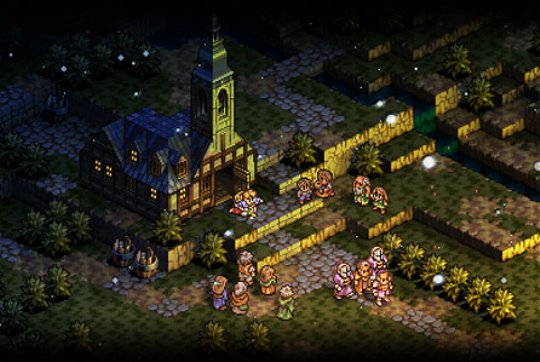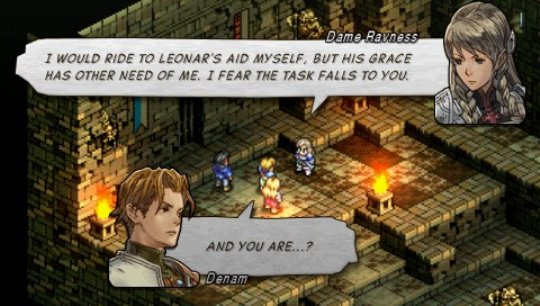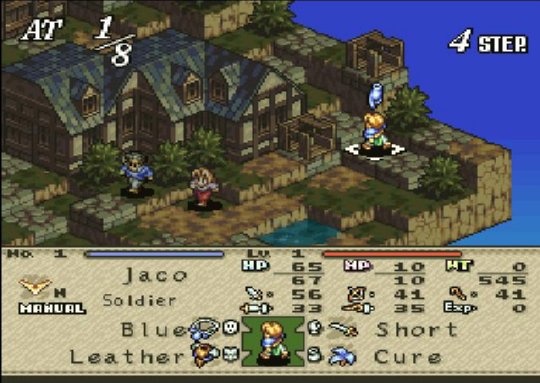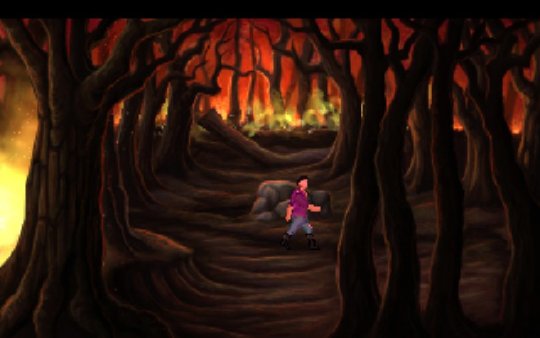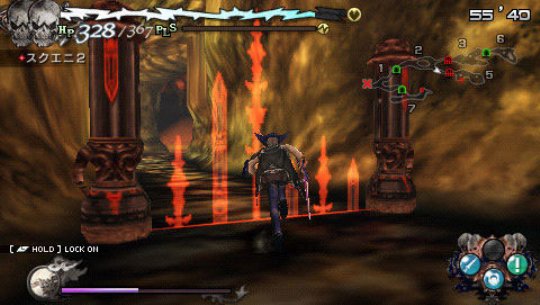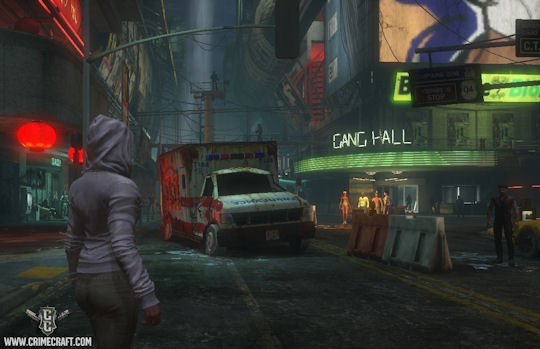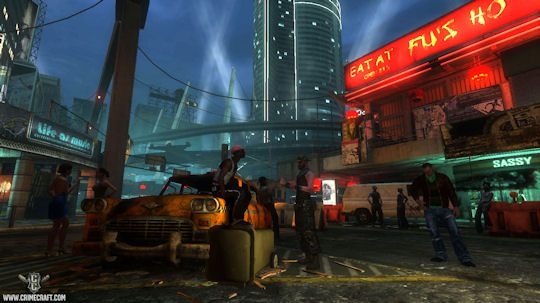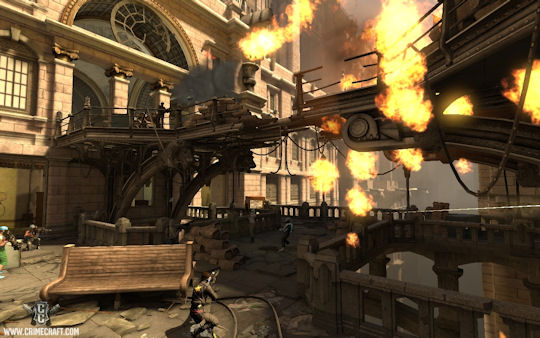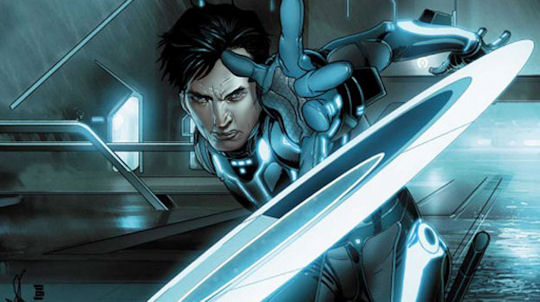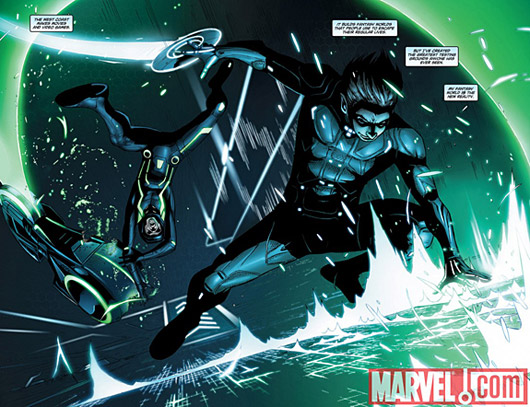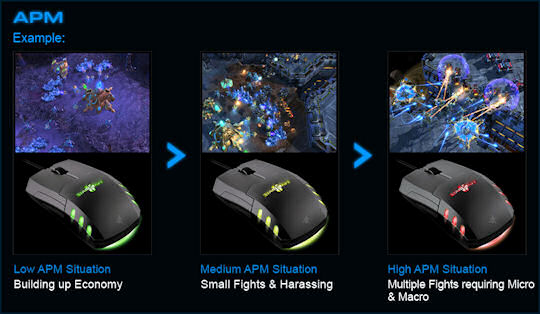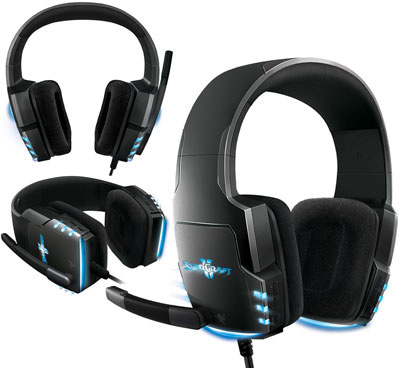While some strategy players love a good game set in the future with ever evolving technology and science fiction effects. There is a certain sect of strategy players though who truly prefer to look at the past and try to see how they would have done at the great already written moments of mankind. Those times when empires rose and fell, those crucial moments where fate, luck and a strong mind and will made the difference resulting in what we now call history. The Total War game series has always been a shining example of games aimed toward this purpose, where we get a chance to make history our own and test our abilities with not weapons of the future but the technology of the time, the philosophy of war as seen by those of a forgotten and possibly misunderstood period. In this case they chose the Sengoku period of feudal Japan when warring clans fought for their piece of land and power from the fading glory of the shogunate. Land and the development of it is a tight commodity and every inch of province you can control may decide the difference between becoming the new leader of Japan or becoming a member of an extinct clan.
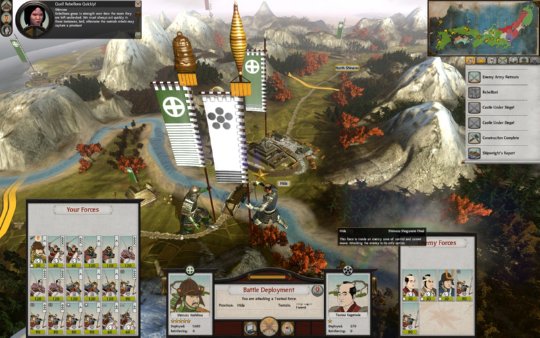
Atmosphere:
The atmosphere is remarkably deep for a strategy game. There is usually a certain detachment associated with playing strategy. In first person shooters you see the arrows or tracer rounds flying right out you whereas in strategy you order around little figures and sit back and watch the results. That doesn’t mean the games don’t have atmosphere though. A good strategy will create an atmosphere of contemplation during turns and a tension or at least increased tempo during the battle sections. Shogun 2 does an excellent job of this by having beautiful maps that look like more like historical documents than a video game with a comforting wood wind and string musical accompaniment which is followed by the sound of weapons clashing and drums and gongs beating to usher in combat. The maps can be replaced with remarkably close views of the figures where you can tell the detail in their masks or the type of footwear they use as you usher them into troop movements and in some cases certain death to draw enemies into a trap. The arrows descend like a cloud of locusts upon your troops and they scream and fall or scatter in hopes of survival. So the game allows for a atmosphere of detachment on taxation, construction and troop recruitment movements and then makes it seem very intimate during the battle scenes. This game does an amazing job of creating the atmosphere of the generals and the troops alike.
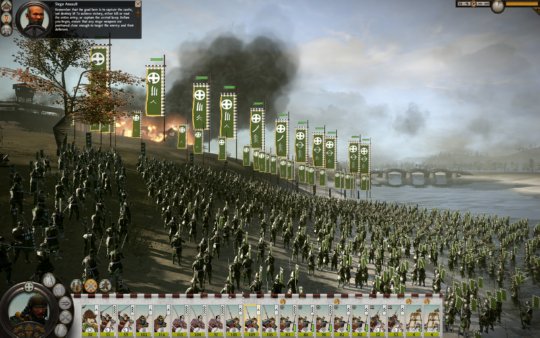
Game Play:
The game is designed as a turn based strategy in which you control economic, political and military power of your expanding clan influence through techniques and philosophy based off Sun Tzu’s The Art of War. You alternate between map movements and adjustments of taxes, construction expansion and other forms of development to actual troop movements on the battlefield that can be adjusted to be a bird’s eye wide view down to watch a single figure in a column traverse the field. Poor political management of a territory can result in a rebellion in which the army finds themselves outnumbered by attacking rebels. There are multiple game campaign length choices as well as multiple choices of which clan to play, each has a specialty that gives them a different advantage and requires a different play strategy. During the standard campaigns you witness the generic movements of the other clans as they work toward their own domination of the lands through their turns. There is also an option to play true historical campaigns in which you are given the resources, factions and terrain of the actual battle and given the opportunity to change the battle’s outcome. Multiplayer has a few types of ways to battle, co-op, opponent campaign battle or avatar battle, in which you are on a map, try to expand to a new territory and the online system will find a random player who is also trying to expand a territory and the two of you battle, whoever wins gets the spot on their map and the process is repeated with each attempt at expansion. There is also a local server option if you just want to challenge your friends (or co-workers) to clan combat. Playing others may be welcome sometimes because the AI can be a very challenging and hard to glitch opponent.
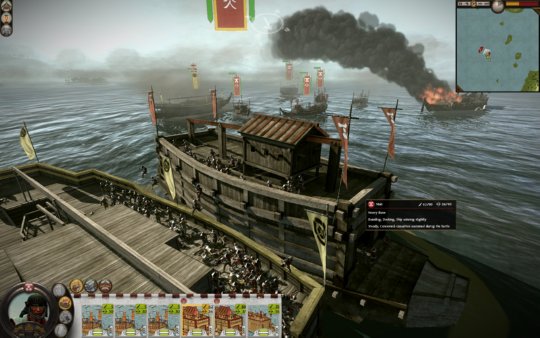
One of the greatest, and most daunting for the casual gamer, parts of the game play is the depth of development you work at in your clan. If you concentrate too much on building your armies, food supplies may suffer or your towns may build beyond the control of your standing forces. There are a lot of details to keep track of that once you get used to are very manageable, but you need to make sure you manage them every turn and save often in case somehow you neglect something and suddenly you find yourself fighting the rebels in your borders as well as the invading armies, and all because you didn’t upgrade your irrigation system or left taxes a bit too high.
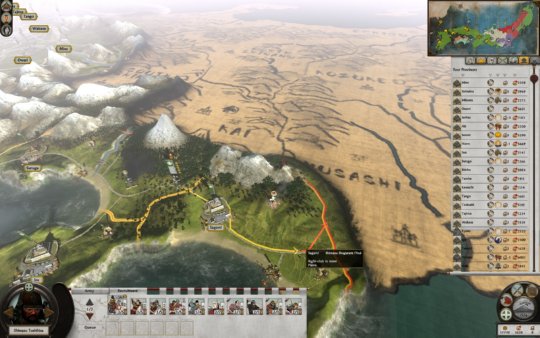
Graphics/Audio:
The graphics are beautifully done, during the routine management screens you look at maps that could be print screened and hung on the wall as art. The graphics are not neglected in the close up sections of the troop movements. It would have been very easy to make all the troops of one type to look alike, but they vary in the way the dress, the way their faces look – some even have traditional war masks while others don’t even have shoes on their dirty feet. They shift from foot to foot, look at each other and scream and shout as the charge or are being charged. The music is amazingly clean digital sound and the clash of weapons or sounds of destruction are so realistic that sometimes they make a person flinch, especially if you had the sound up to immerse yourself in the music. The sound is clean enough to understand the voice actors even through their thickly accented voices. Graphically every aspect of the game is amazing and the sound draws you in.
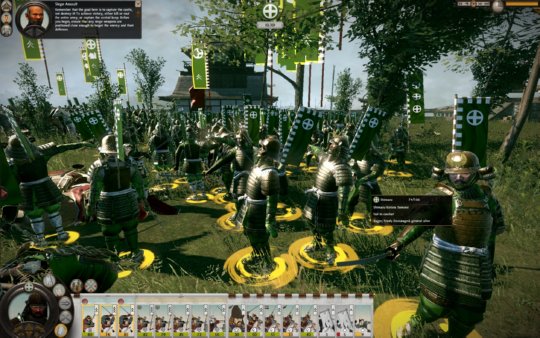
Playtime/Cost:
New the game will run about $50 which when you consider the game has four game difficulty levels, multiple game lengths, multiple clans to play, and multiple modes to play including online PLUS this game has very in depth play we are talking about a game that in theory someone could play over and over and over and never get tired of. A person is actually more likely to have historical overload before playing every possible aspect of the game completely through.
Last Call:
I wouldn’t be surprised if this winds up being a strong contender for many ‘Strategy Game of the Year’ awards. Its mixture of leadership, map and in battle game play combine to make an amazingly well rounded game that appeals to anyone with a desire to test their strategic abilities or better understand the warfare of a much different time and culture. Just remember this isn’t the ‘old board game’ we used to play, this is akin to the History Channel coming to life.
*DISCLOSURE: A copy of this game was sent to us for the purpose of this review.


